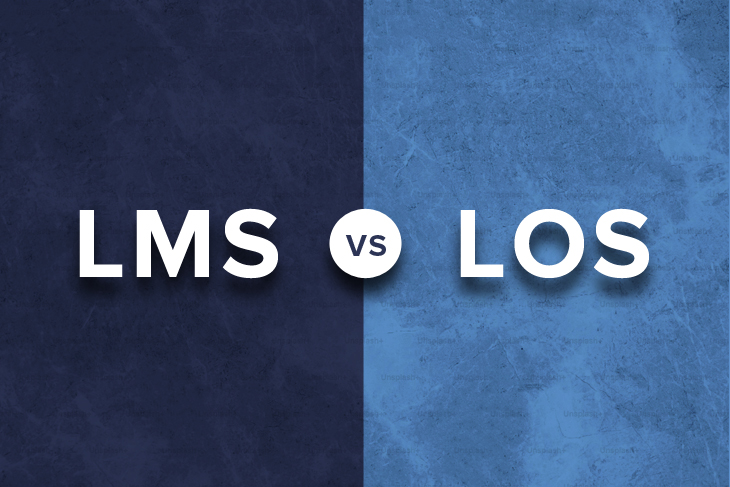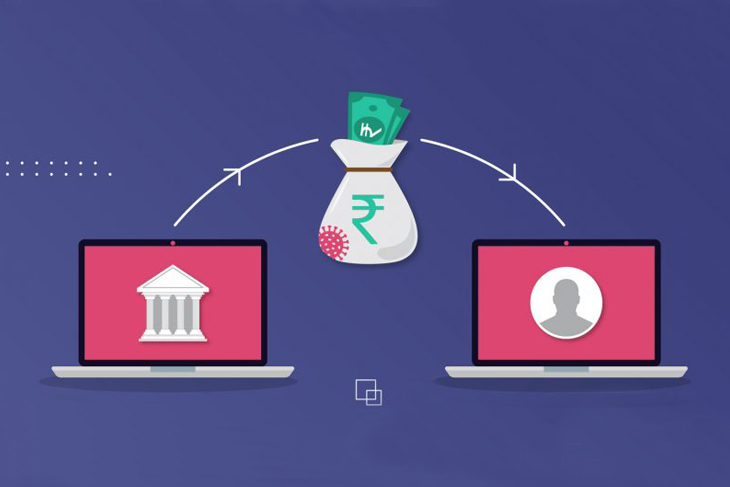LMS vs. LOS: Understanding the Difference and Why You Need Both

In the evolving world of corporate learning, organizations need more than just content—they need strategy, structure, and systems that scale. Two key technologies that power modern learning ecosystems are the Learning Management System (LMS) and the Learning Origination System (LOS). While they may sound similar, they serve fundamentally different purposes. Understanding how they complement each other can make all the difference in achieving your L&D goals.
What is a Learning Management System (LMS)?
A Learning Management System is a platform designed primarily for the delivery, tracking, and administration of training programs. It helps organizations centralize all their learning content, manage user access, and monitor training completion rates. LMS platforms typically support structured learning pathways, quizzes, certifications, and progress reports.
The LMS is most often used by HR teams, compliance officers, and trainers to assign learning modules to employees, monitor engagement, and generate analytics that highlight progress or gaps. Its focus is largely operational—ensuring that the right people receive the right content, at the right time, and that their progress is documented.
In industries like finance or procurement, LMS platforms are increasingly being used to train teams on evolving processes like payables management or receivables management, helping ensure compliance and performance across decentralized teams. However, while the LMS is excellent for distribution and tracking, it depends on high-quality content to be effective. This is where the Learning Origination System comes in.
What is a Learning Origination System (LOS)?
A Learning Origination System operates at the front-end of the learning lifecycle. Its main role is to help learning teams create, curate, and customize high-impact learning content. Unlike the LMS, which distributes and tracks training, the LOS is the system that designs the experience itself—whether that’s a microlearning course, a scenario-based simulation, or an adaptive learning journey.
Instructional designers, L&D strategists, and subject matter experts typically use an LOS to design learning programs from the ground up. These systems use learner data, performance metrics, and business goals to create personalized training pathways that go beyond just knowledge delivery—they drive behavior change and capability building.
For instance, if your organization is introducing a new digital workflow for dynamic discounting—an area where timing and finance strategy intersect—the LOS helps craft contextual training that equips employees with just-in-time knowledge to adapt and apply new processes effectively.
What makes the LOS powerful is its intelligence layer. It’s proactive, analyzing skill gaps, understanding learning needs, and enabling targeted interventions. If the LMS is the operational backbone, the LOS is the creative and strategic brain. Together, they ensure that learning is not just delivered—but designed with purpose and aligned to outcomes.
How They Differ—and Why You Need Both
While both systems are essential, they differ in function, focus, and users. The LMS is structured, administrative, and oriented around tracking, while the LOS is dynamic, learner-centric, and built for creation and customization. The LMS ensures learners complete required training and enables leaders to monitor performance. The LOS ensures that what’s being delivered is relevant, engaging, and aligned with evolving business priorities.
If your organization is only using an LMS, you’re likely managing learning but not engineering it for maximum impact. If you’re only using an LOS, you’re creating valuable content without the means to deliver and track it at scale.
That’s why the most effective learning organizations rely on both. With a strong LOS-LMS integration, learning becomes a continuous, adaptive, and measurable experience—from ideation to impact.
At Zuron, we believe learning shouldn’t just be managed—it should be designed to drive outcomes. That’s why we’ve built an integrated learning ecosystem that connects a robust Learning Origination System with a powerful LMS. We enable businesses to go beyond compliance and create learning journeys that are strategic, data-driven, and deeply personalized—whether you’re training teams on financial concepts like payables and receivables management or helping them adapt to innovations like dynamic discounting.
Because in today’s world, it’s not enough to teach. You have to transform how your people learn, grow, and perform. Let’s build that future together.



